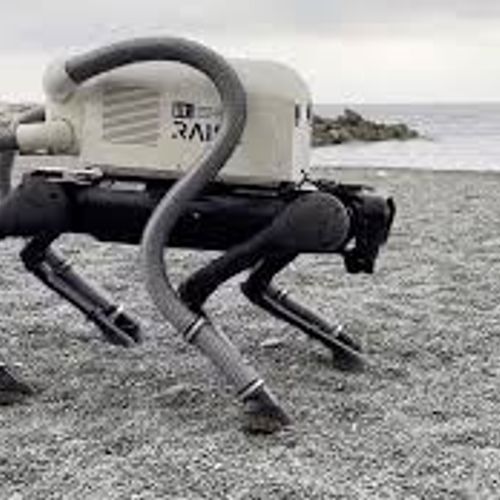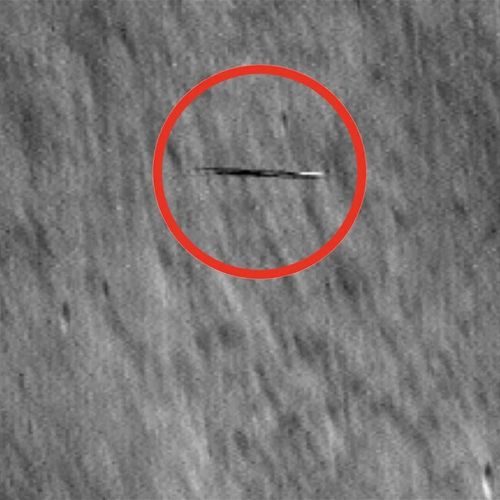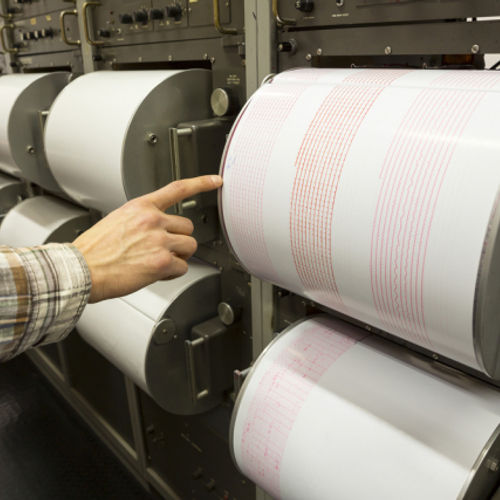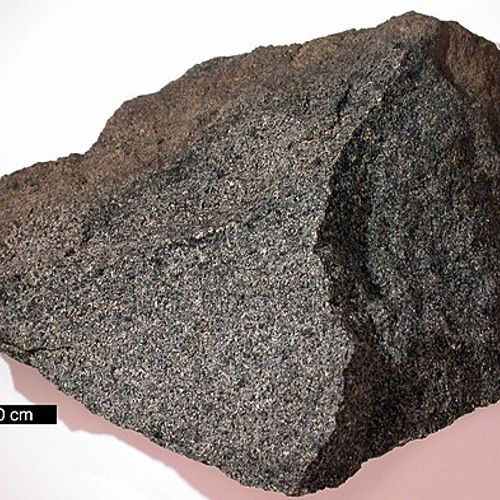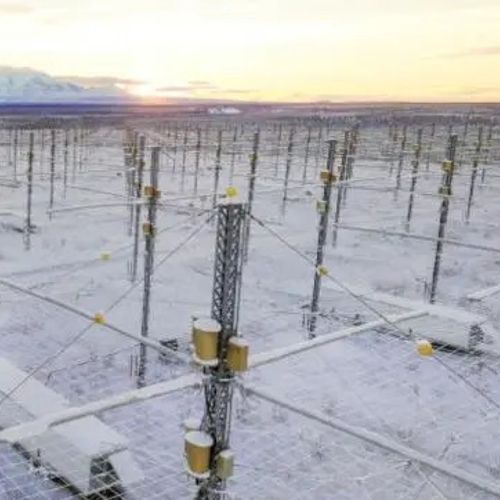
| Added | Wed, 29/12/2021 |
| Источники | |
| Дата публикации | Wed, 29/12/2021
|
| Версии |
Researchers have unveiled a lightweight flying saucer-style rover that can navigate the surface of the Moon and other airless planetary surfaces such as asteroids.
The flying saucer" will be driven by an electric field generated by direct exposure to the Sun and its surrounding plasma. In the absence of an atmosphere, solar radiation creates a charge capable of levitating dust at a height of more than a meter (more than three feet) above the lunar surface, and this energy could be used.
The rover will be made of a material called mylar, which naturally retains the same charge when exposed to sunlight. Tiny ion beams will be used both to charge the car and to enhance the natural charge of the surface, counteracting gravity.
"With a levitating rover, you don't have to worry about wheels or moving parts," says aerospace engineer Paulo Lozano of the Massachusetts Institute of Technology (MIT).
"The terrain of an asteroid can be completely uneven, and if you have a controlled mechanism to keep your rover afloat, then you will be able to drive through very uneven, unexplored terrain without having to physically dodge the asteroid."
Ion thrusters, called ion-liquid ion sources, are small nozzles that were previously used to move satellites in space. Molten salt is used as fuel, which, when struck by an electric charge, flies out of the nozzles in the form of a beam.
In this case, the charge is transferred to the surface underground, complementing its own natural charge. Mathematical models have confirmed that this idea can work and will provide enough thrust to lift the sliding rover off the ground.
In a laboratory experiment, using ion-liquid ion sources to create an electrostatic force, the team was able to levitate a small car the size of a palm and weighing about 60 grams (2.1 ounces). The required force will depend on the size of the planetary body.
"Such an ionic design uses very little energy to create a lot of voltage," says Lozano. "The required power is so small that it can be done almost for free."
When you are going on a trip to the moon (or to another place in space), it is important to pack as little cargo as possible - heavier loads require more fuel and cost more money to launch. In this case, the proposed probe will receive most of the energy naturally.
The current analysis only proves that levitation is possible. According to the researchers, in order to raise the rover to a decent height, further modeling will be required, but the basic calculations are confirmed.
Large asteroids, such as Psyche, can also be explored by a similar rover, which will give experts the opportunity to study these rocky bodies up close using a device that is not afraid of uneven surfaces and can receive some of the energy from natural electric fields.
"We're thinking of using it like the Hayabusa mission launched by the Japanese Space Agency," says Oliver Jia-Richards, NASA's space technology scientist at the Massachusetts Institute of Technology.
"This spacecraft worked around a small asteroid and sent small rovers to its surface. Similarly, we think a future mission could send small hovering rovers to explore the surface of the Moon and other asteroids."
The study was published in the Journal of Spacecraft and Rockets.
Новости со схожими версиями
Log in or register to post comments

